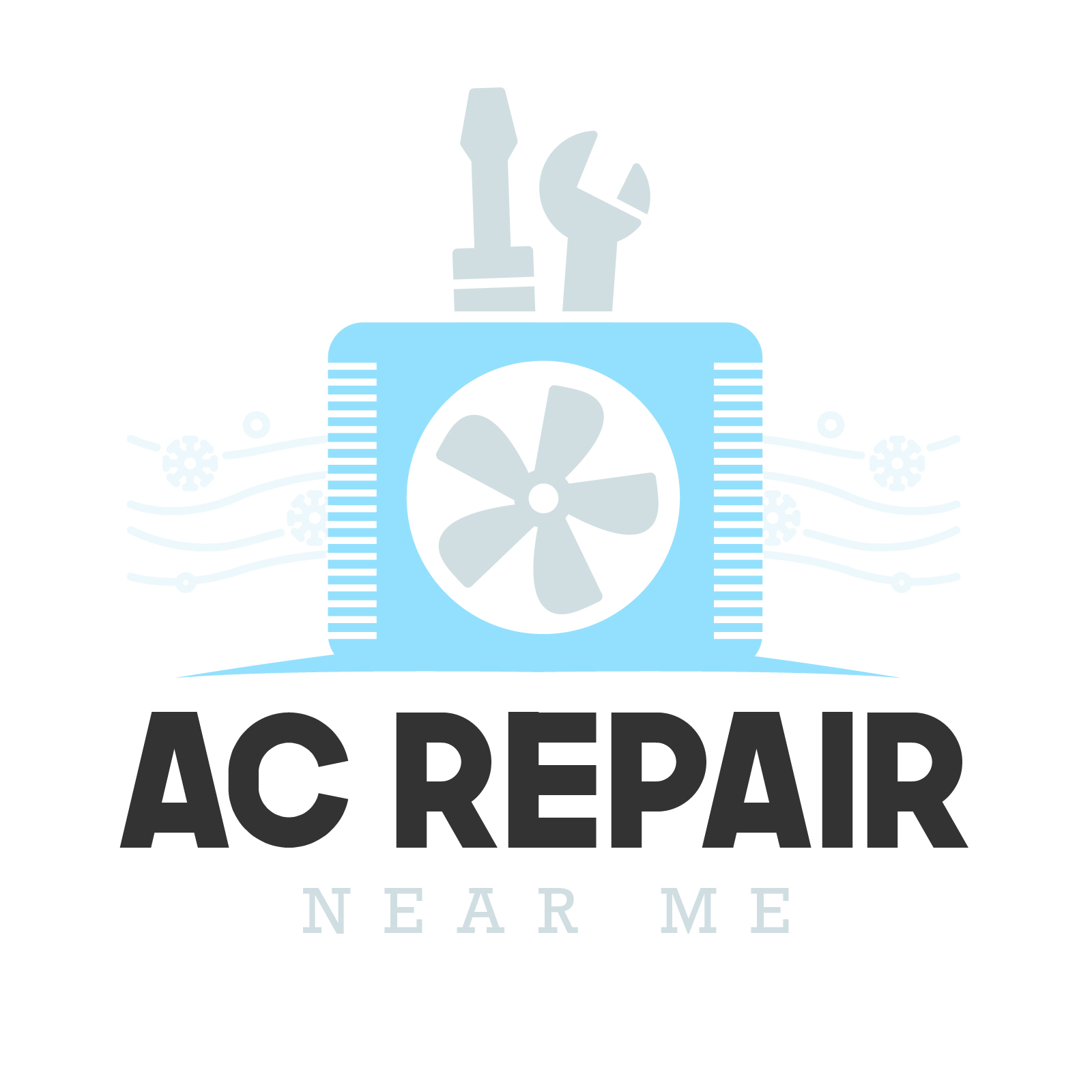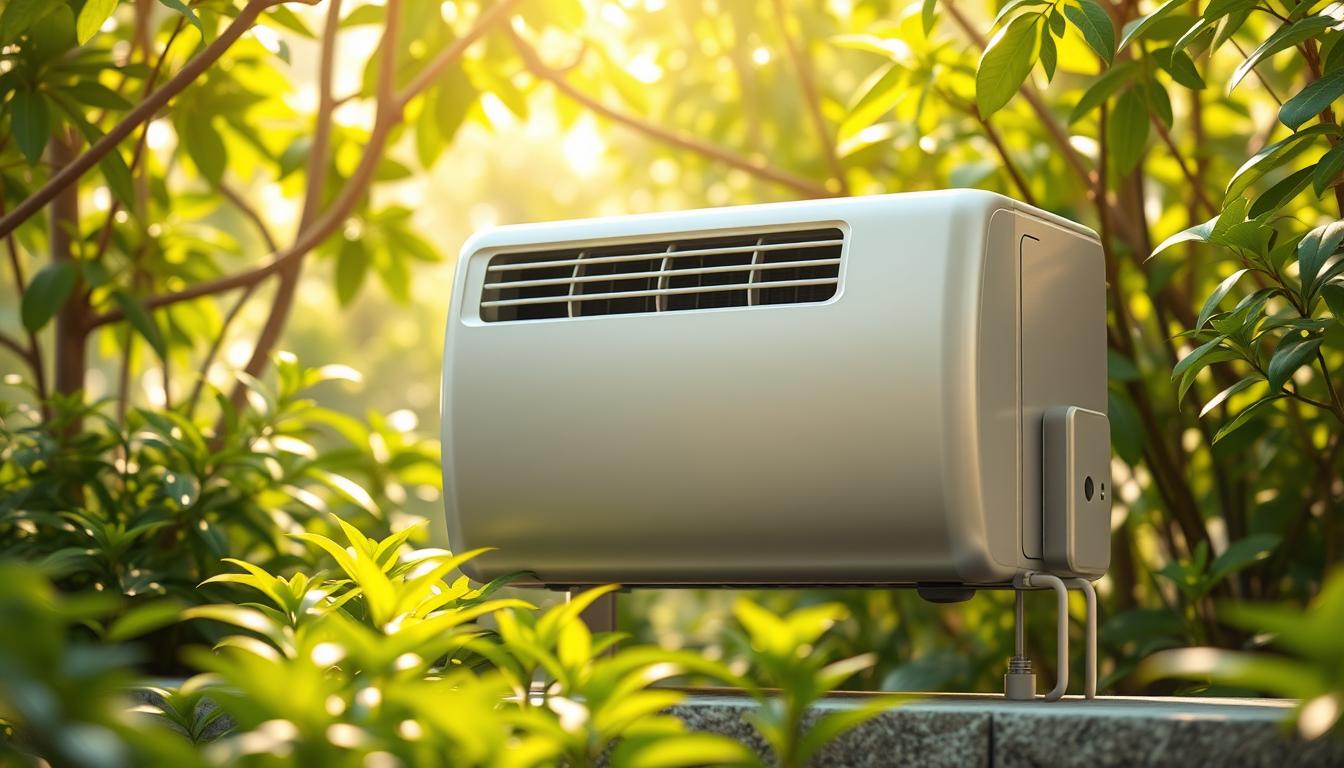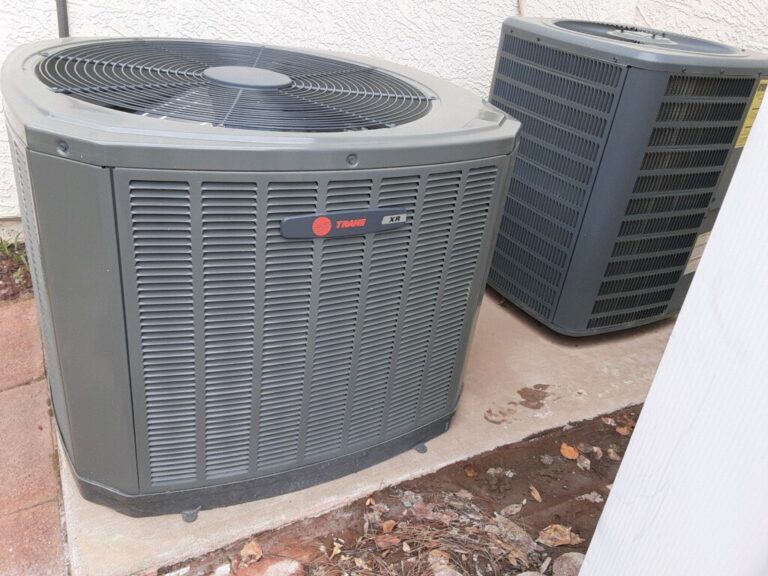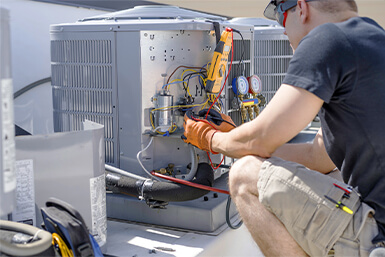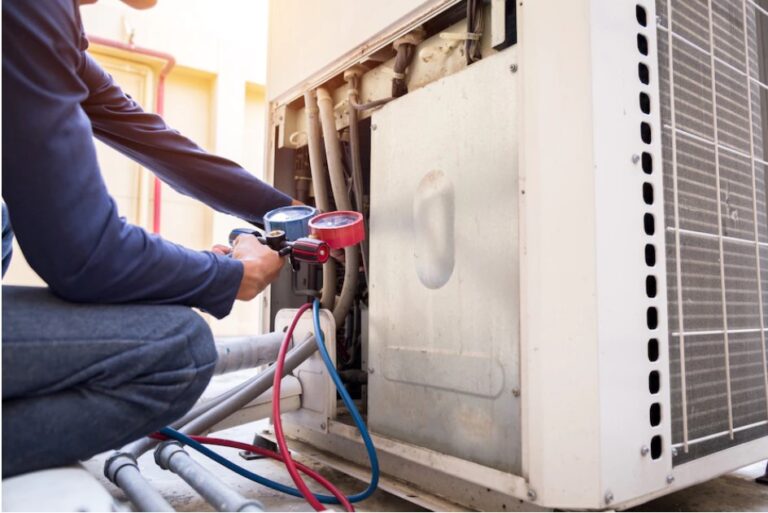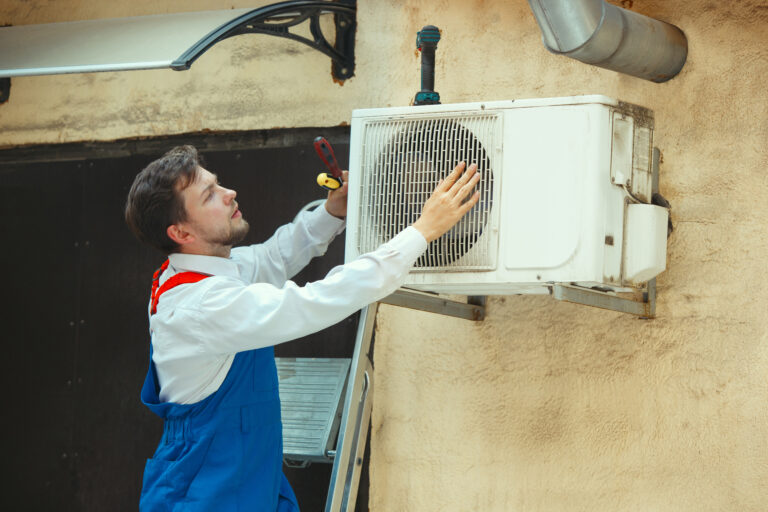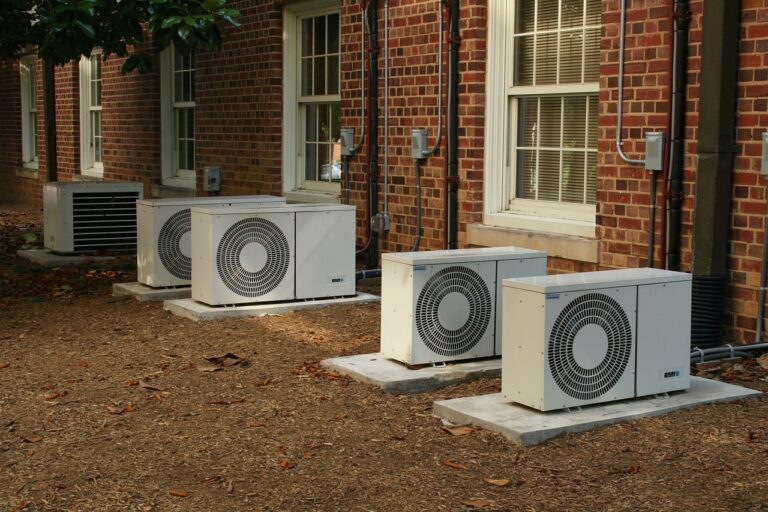Top 5 Energy-Efficient AC Units for Hot Climates in 2025
As we head into 2025, the importance of energy-efficient cooling solutions cannot be overstated, especially in regions experiencing increasingly hot climates. Advanced air conditioning technology has evolved significantly, providing better cooling with lower energy consumption.
The need for energy efficiency is more critical than ever, not just for reducing environmental impact but also for saving on costs. The latest air conditioners boast cutting-edge features that make them superior to older models, offering a more sustainable cooling solution for homes.
This comprehensive guide will walk you through the top air conditioning models of 2025, selection criteria, and maintenance tips to help you make an informed decision.
Key Takeaways
- Understanding the importance of energy-efficient cooling in hot climates.
- Overview of advanced air conditioning technology in 2025.
- Key features to look for in energy-efficient air conditioners.
- Top models of energy-efficient air conditioners for 2025.
- Tips for maintaining your air conditioning unit for optimal performance.
Understanding Energy Efficiency in Air Conditioning
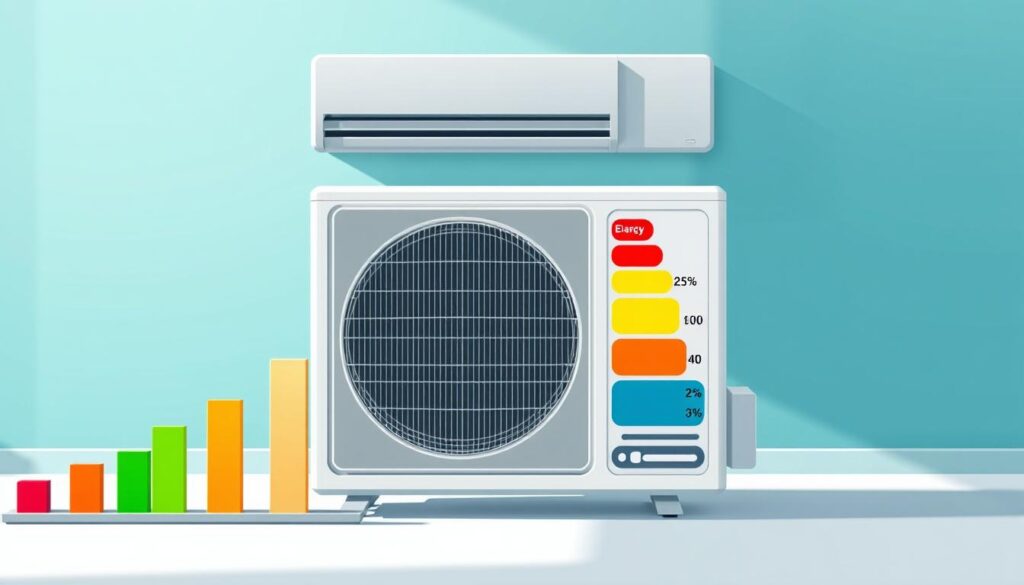
As the temperature soars, the importance of energy-efficient air conditioning becomes increasingly evident. In hot climates, air conditioners are not just a convenience, but a necessity, running for extended periods to keep homes cool.
The Importance of Energy-Efficient Cooling in Hot Climates
Energy-efficient cooling is particularly crucial in hot climate regions. When air conditioning systems operate for longer durations, their energy consumption increases, directly impacting monthly utility bills and environmental sustainability. Efficient air conditioning systems can significantly reduce energy consumption, leading to cost savings and a reduced carbon footprint.
How Energy Efficiency Ratings Work (SEER and EER Explained)
Air conditioners are rated based on their energy efficiency using metrics like SEER (Seasonal Energy Efficiency Ratio) and EER (Energy Efficiency Ratio). SEER measures a unit’s energy efficiency over an entire cooling season, while EER measures efficiency at a specific temperature. A higher SEER or EER rating indicates greater efficiency. For instance, the minimum SEER rating for new air conditioning systems is 13 in northern states and 14 in southern states, with high-efficiency systems reaching SEER ratings as high as 25.
Key Features to Look for in Energy-Efficient AC Units
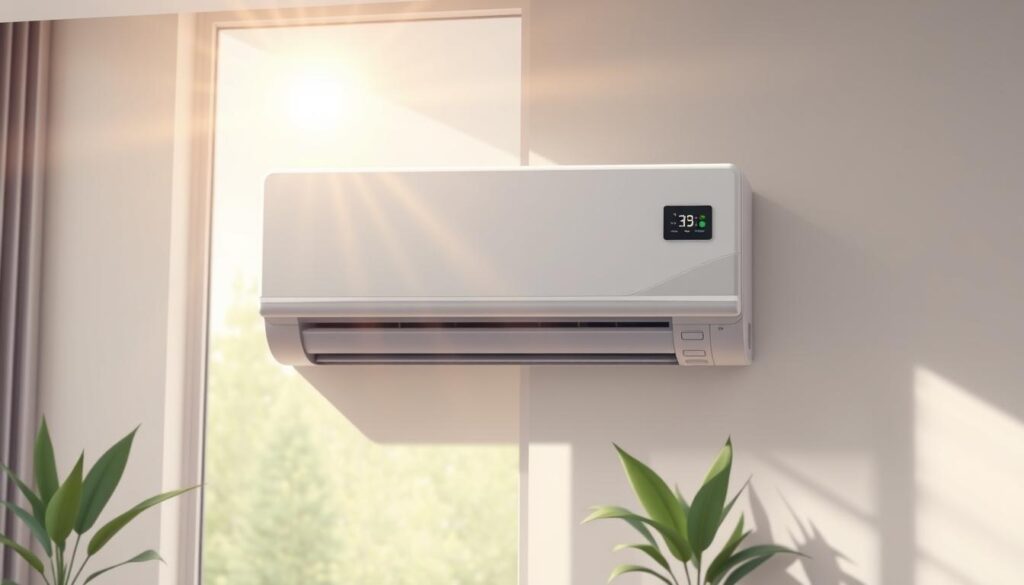
When selecting anair conditioner, several factors come into play to ensure that the unit provides efficient cooling while minimizing energy consumption. Proper sizing, advanced compressor technology, and environmentally friendly refrigerants are among the critical features to consider.
Proper Sizing and BTU Requirements for Hot Climates
Properly sizing an air conditioner is vital to ensure your home is cooled efficiently without wasting energy. A unit that is too large will cool the air quickly but fail to remove humidity effectively, resulting in a damp and clammy environment.
For homes in hot climate regions, it’s essential to calculate the correct BTU requirements based on factors such as home size, insulation, and window orientation. For more information on using your air conditioner efficiently, you can visit this guide on optimizing your AC’s performance.
Variable-Speed Compressors and Smart Technology
Variable capacity air conditioning systems operate at multiple speeds, offering enhanced efficiency and better temperature control. These systems run at low speeds most of the time, providing minimal sound and improved dehumidification.
Additionally, modern air conditioning systems often come equipped with smart technology features such as WiFi connectivity, learning algorithms, and integration with home automation systems, allowing for more precise control over your cooling.
Environmentally Friendly Refrigerants
The choice of refrigerant is another critical aspect of an energy-efficient air conditioning unit. R410A has become the standard replacement for R22, which is known to contribute to ozone depletion.
Environmentally friendly refrigerants like R410A not only help in reducing the environmental impact but also comply with current regulations. When selecting an AC unit, look for models that use the latest refrigerant technologies.
Top 5 Energy-Efficient AC Units for Hot Climates in 2025
The quest for cooling comfort in sweltering heat has led to significant advancements in air conditioning technology, with 2025 models offering unprecedented efficiency. As homeowners in hot climates seek to minimize their energy consumption without compromising on comfort, the demand for top-tier air conditioning systems has never been higher. In this section, we will explore the top 5 energy-efficient AC units designed to tackle the challenges of hot climates in 2025.
Carrier Infinity 26 SEER System
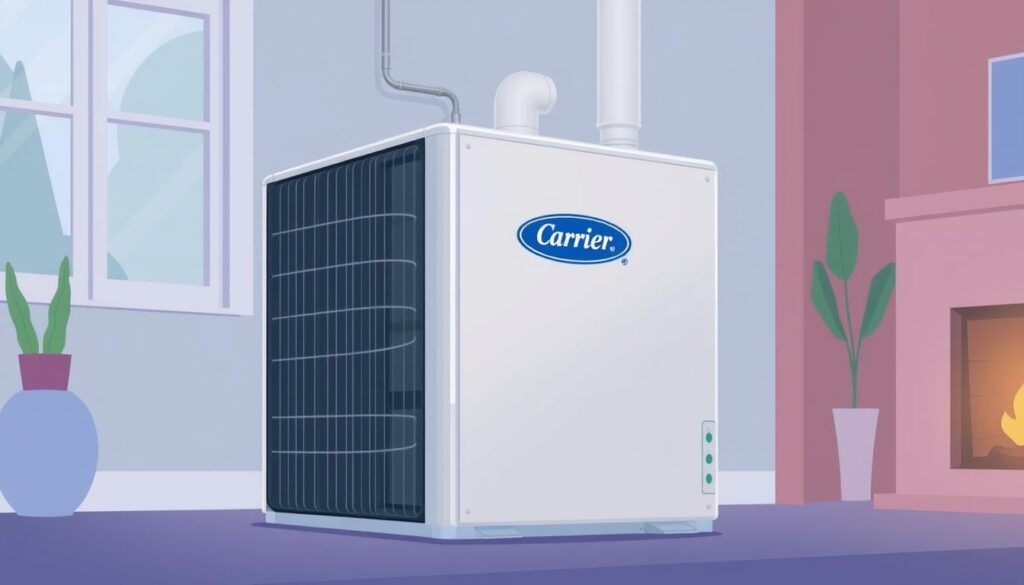
Key Specifications and Features
The Carrier Infinity 26 SEER System boasts an impressive SEER rating of 26, making it one of the most energy-efficient air conditioning systems available. Its advanced features include a variable-speed compressor and a SmartEvap technology for enhanced dehumidification.
Performance in Hot Climates
This system is designed to perform exceptionally well in hot climates, maintaining its cooling capacity even when temperatures soar. Its ability to operate efficiently in extreme heat makes it an ideal choice for regions with long, hot summers.
Pros and Cons
Pros: High energy efficiency, advanced humidity control, quiet operation. Cons: Higher upfront cost, complex installation.
Lennox XC25 Variable-Capacity Air Conditioner
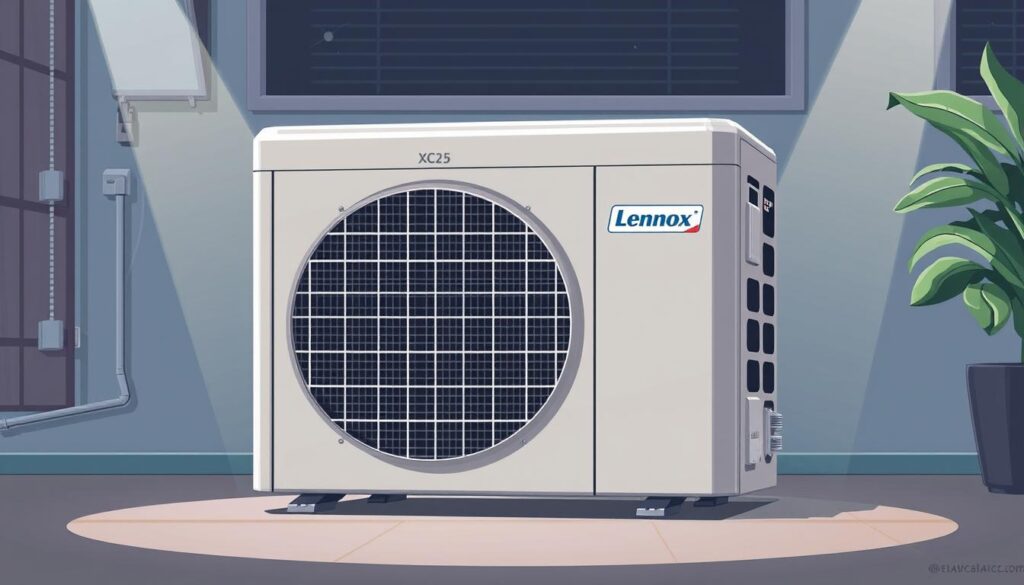
Key Specifications and Features
The Lennox XC25 is a variable-capacity air conditioner that offers precise temperature control and exceptional humidity management. It features a SEER rating of up to 24.5 and is equipped with advanced technology for optimal performance.
Performance in Hot Climates
This air conditioner excels in hot climates due to its ability to adjust its cooling capacity according to the home’s needs, ensuring consistent comfort while minimizing energy waste.
Pros and Cons
Pros: Excellent humidity control, precise temperature management, energy-efficient. Cons: Higher cost compared to standard models, requires professional installation.
Daikin DZ20VC Whole-House Air Conditioner
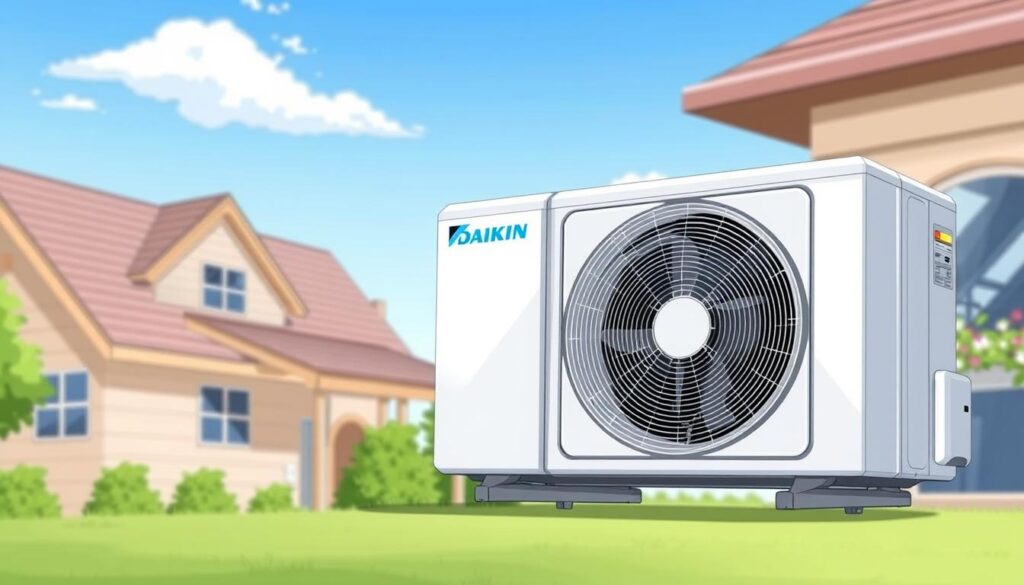
Key Specifications and Features
The Daikin DZ20VC is engineered for reliability and efficiency, featuring a variable-speed compressor and a high SEER rating. It is designed to provide consistent cooling throughout the home.
Performance in Hot Climates
This air conditioner is built to withstand the demands of hot climates, offering sustained performance and energy efficiency even during prolonged heatwaves.
Pros and Cons
Pros: Reliable performance, energy-efficient, quiet operation. Cons: May require additional installation costs for optimal performance.
Mitsubishi Electric Hyper-Heat Mini-Split System
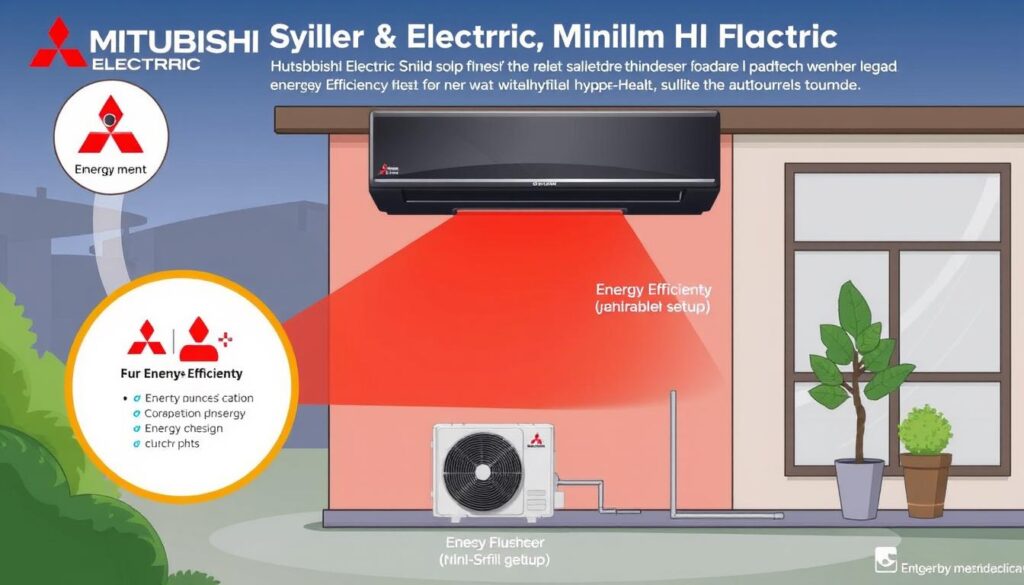
Key Specifications and Features
The Mitsubishi Electric Hyper-Heat Mini-Split System is a ductless solution that offers both heating and cooling capabilities. It features a high SEER rating and advanced inverter technology for efficient operation.
Performance in Hot Climates
This mini-split system is ideal for hot climates, providing efficient cooling and the added benefit of heating during cooler months. Its ductless design makes it suitable for homes without existing ductwork.
Pros and Cons
Pros: Energy-efficient, versatile heating and cooling, compact design. Cons: May require multiple units for larger homes, higher upfront cost.
Rheem EcoNet Enabled Prestige Series
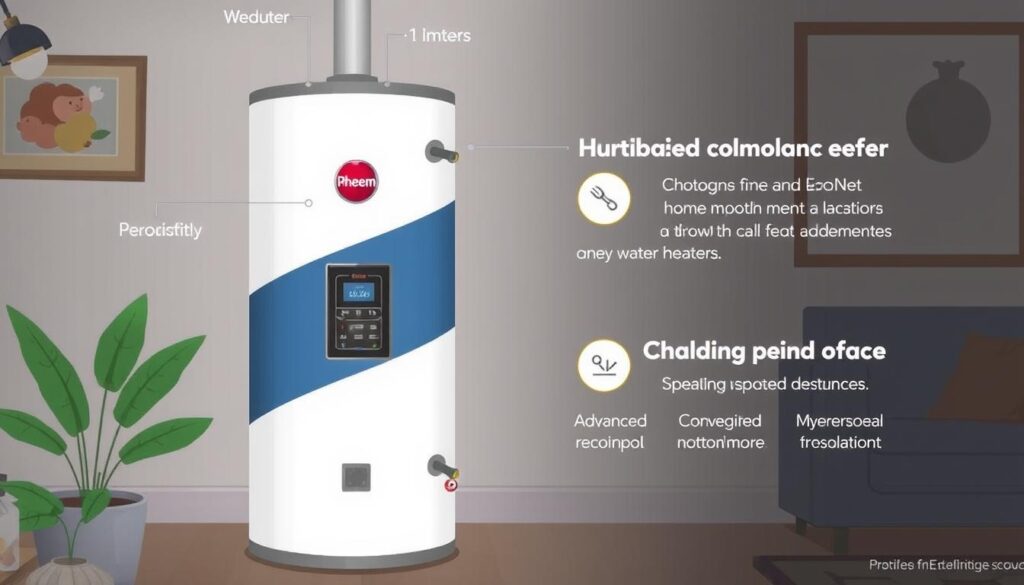
Key Specifications and Features
The Rheem EcoNet Enabled Prestige Series air conditioner is a smart, connected solution that offers real-time performance monitoring and energy usage tracking. It features a high SEER rating and is compatible with smart home systems.
Performance in Hot Climates
This air conditioner is designed to deliver reliable cooling performance in hot climates, with the added benefit of smart home integration for enhanced control and monitoring.
Pros and Cons
Pros: Smart home integration, energy-efficient, real-time monitoring. Cons: Requires a stable internet connection, potentially higher cost.
Cost vs. Efficiency: Long-Term Savings Analysis
Energy-efficient air conditioners, while often more expensive initially, can offer significant savings over time through reduced energy consumption. This section will delve into the financial aspects of choosing an energy-efficient AC unit, comparing the initial investment to long-term energy savings and exploring available incentives.
Initial Investment vs. Energy Savings Over Time
The initial cost of energy-efficient air conditioners is typically higher than that of standard models. However, the energy savings over time can be substantial. For instance, the top 5 energy-efficient AC units listed in Section 4 can save homeowners between 30% to 50% on their cooling bills annually.
| Model | Initial Cost | 5-Year Savings | 10-Year Savings |
|---|---|---|---|
| Carrier Infinity 26 SEER System | $3,500 | $1,200 | $2,500 |
| Lennox XC25 Variable-Capacity Air Conditioner | $4,000 | $1,500 | $3,000 |
| Daikin DZ20VC Whole-House Air Conditioner | $3,800 | $1,300 | $2,800 |
Break-even analysis shows that the higher upfront cost of these premium units is often offset by energy savings within 5 to 7 years.
Rebates and Tax Incentives for Energy-Efficient Systems
Homeowners can further reduce the cost of energy-efficient air conditioners through federal tax credits and state-specific rebate programs. In 2025, the federal government offers tax credits of up to $600 for high-efficiency central air conditioning installations.
Utility company rebate programs also provide significant incentives, sometimes offering up to $1,000 or more for qualifying energy-efficient AC units.
By considering both the long-term energy savings and available incentives, homeowners can make an informed decision about investing in an energy-efficient air conditioning system.
Maximizing Performance of Energy-Efficient AC Units in Hot Climates
To get the most out of your energy-efficient air conditioner in hot climates, it’s crucial to consider several factors beyond just its SEER rating. Proper installation, ductwork optimization, and complementary cooling strategies all play a significant role in maximizing the performance of your air conditioning system.
Proper Installation Considerations
Proper installation is critical for the optimal performance and efficiency of your air conditioning system. Ensure that your contractor allows adequate indoor space for installation, maintenance, and repair. The contractor should correctly size the HVAC equipment, use a duct-sizing methodology, and ensure enough supply and return air registers. As experts suggest, a well-installed system is key to saving money on air conditioning.
Key installation considerations include:
- Correctly sizing HVAC equipment
- Using a duct-sizing methodology
- Ensuring enough supply and return air registers
- Installing ductwork within conditioned space whenever possible
- Sealing all ducts with duct mastic and properly insulating them
Ductwork Optimization and Home Insulation
Ductwork optimization is crucial for minimizing energy losses. This includes proper sizing, sealing, insulation, and placement of ducts. Home insulation also plays a vital role in creating an efficient cooling envelope when combined with air sealing and window treatments.
| Optimization Technique | Description | Benefit |
|---|---|---|
| Proper Duct Sizing | Ensures that ducts are the correct size for the system | Reduces energy losses |
| Duct Sealing | Seals all ducts with duct mastic | Prevents air leaks |
| Duct Insulation | Properly insulates ducts | Reduces heat gain |
Complementary Cooling Strategies
In addition to a well-installed and maintained air conditioning system, complementary cooling strategies can further enhance efficiency. These include the strategic use of ceiling fans, programmable thermostats, and zoning systems. Proper landscaping around the outdoor unit can also improve efficiency by providing shade without restricting airflow.
“A whole-house approach to cooling that reduces the workload on your air conditioner while maintaining comfort is essential for maximizing efficiency.” –
By implementing these strategies, homeowners can significantly improve the performance of their energy-efficient AC units in hot climates.
Maintenance Tips to Preserve Energy Efficiency
Maintaining your air conditioning system is key to preserving its energy efficiency. Regular maintenance not only ensures that your system runs smoothly but also prolongs its lifespan and maintains its performance.
Seasonal Maintenance Checklist
A comprehensive seasonal maintenance checklist is essential for homeowners to ensure their air conditioning system operates at peak efficiency throughout the hot months. This includes tasks such as filter maintenance, cleaning condenser coils, checking refrigerant levels, and inspecting ductwork for leaks or damage.
For instance, monthly air conditioner cleanings, including wiping down vents and rinsing filters, will keep your units running efficiently. It’s also beneficial to check out our detailed AC maintenance checklist for a more thorough guide.
| Maintenance Task | Frequency | Importance |
|---|---|---|
| Filter Cleaning/Replacement | Monthly | High |
| Condenser Coil Cleaning | Seasonally | High |
| Refrigerant Level Check | Annually | High |
| Ductwork Inspection | Annually | Medium |
Smart Thermostat Programming for Optimal Performance
Smart thermostat programming is crucial for maximizing comfort while minimizing energy usage in hot climates. By utilizing features like geofencing, learning algorithms, and humidity control, homeowners can optimize their air conditioner performance.
For example, programming your thermostat to maintain an ideal temperature of 78 degrees during the summer can significantly reduce cooling costs. Additionally, turning off the A/C at night and opening windows can further enhance efficiency.
The Future of Energy-Efficient Cooling Technologies for 2025 and Beyond
As we look ahead to 2025 and beyond, the landscape of energy-efficient cooling technologies is poised for significant advancements. Emerging technologies, including advanced heat pumps that excel in both heating and cooling functions, are expected to play a crucial role.
The integration of artificial intelligence and machine learning into next-generation air conditioning systems will optimize performance based on usage patterns and environmental conditions. Additionally, solar-powered cooling solutions are becoming more viable for residential applications in hot climate regions.
New refrigerant technologies are being developed to further reduce environmental impact while maintaining or improving efficiency. The future of cooling also involves whole-house approaches that integrate cooling with other home systems for comprehensive energy management. For those considering replacing their current HVAC system, understanding the cost of replacement is crucial.
